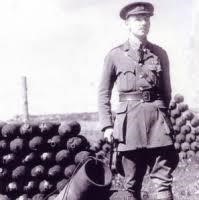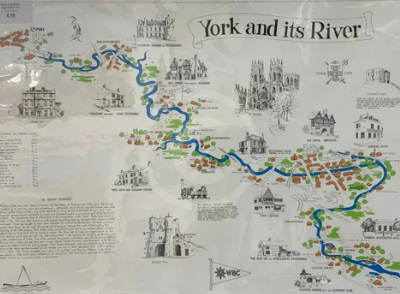Details of the 1900 United States Federal Census
This article explores the details of the 1900 United States Federal Census, the sources used for the data, and the importance of this census in family history research. While the census is no longer in use, you can use some of its information. The details of the census can be found in our article on the Sources of the 1900 United States Federal Census. Hopefully, this information will help you find the correct records for your family history research.
Details of the 1900 United States Federal Census
The 1900 United States Federal Census details are not as comprehensive as those last few decades. There were fewer minorities, women working outside the home, and more people on farms during this period. Yet, the census still provides a fascinating sociological and demographic snapshot of the era. The census takers used terms that would be embarrassing today but were still considered acceptable in the day. For example, the census asks, “do you own a car?”
In addition to the year and month of birth, the 1900 census also asks about the number of children each person had and how many were still alive in the same year. Those who emigrated were also asked about their immigration status and how long they had lived in the U.S. The 1900 census also asks about the place of birth, whether they were naturalized or were born abroad. And if they are over 21, the census asks about their citizenship.
For those wishing to look up their ancestors’ addresses, the 1900 census provides the names of the street and buildings where they were born. This information is invaluable when researching your family’s past, as you can identify the names of ancestors based on this information. The 1900 census also contains information about land ownership and other demographic data and has been an excellent source for researching ancestry.
Sources of information on the 1900 census
The 1900 United States Federal Census contains information for genealogists, historians, and social scientists. The decennial census was divided into seven schedules and collected data about native Americans, other residents, agriculture, manufacturers, mortality, and crime. The Census also includes information on the number of U.S. flag vessels globally. The census was conducted on June 1, 1900, and covered approximately 95 percent of the country’s population.
The images of the 1900 census may be broken up or blackened. The National Archives’ microfilm records may be helpful. The National Archives index records list each individual’s microfilm roll and serial number, and the microfilm page numbers are located on the screen above the census schedule image. You’ll need to search several different sources for information on a specific individual in most cases. Once you’ve narrowed your search, you’ll recognize two sources of information about a particular individual.
While the 1890 census was mostly destroyed in a fire, you can still find portions of it online. These are available for Alabama, Georgia, Illinois, Minnesota, New Jersey, and New York. The 1900 census provides information about many unique facts that the 1880 and 1910 censuses do not have. The 1900 census also includes details about Indians and the first and second censuses of the Hawaiian Islands. The 1890 census is nearly complete, but most of the data was destroyed in a fire in 1921.
The relative importance of the 1900 census to family history research
While later censuses have incorporated a wealth of information, the 1900 census is unique in its lack of knowledge. It asks for basic information, including birthplace, month, year of birth, and the ancestor’s relationship to the head of the household. You may be able to identify a family member based on a tally mark or by a name, but the home may have several members.
The census provides essential documentation for U.S. history, local history, economics, and social anthropology. It can also tell you about your family’s origins, and you can also learn about your ancestors’ religion, clothing styles, and schooling. You’ll find that their descendants are living in the same places today, and they may have come from different countries in the past.
In addition to providing information on your ancestors’ ancestors, the census also provides essential demographic data about the people in those households. This data will help you locate your ancestor’s parents and other family members and identify where they lived. And the date of the census is important because it allows you to calculate birth years, deaths, and additional information related to their lives.










